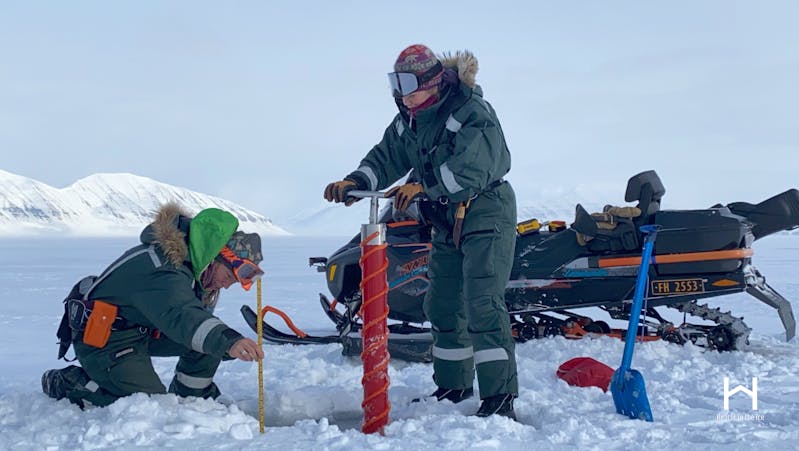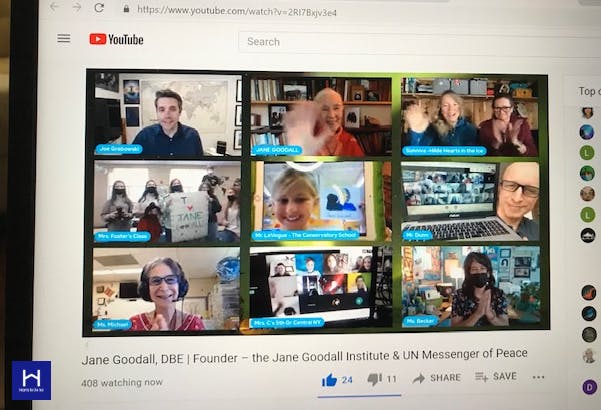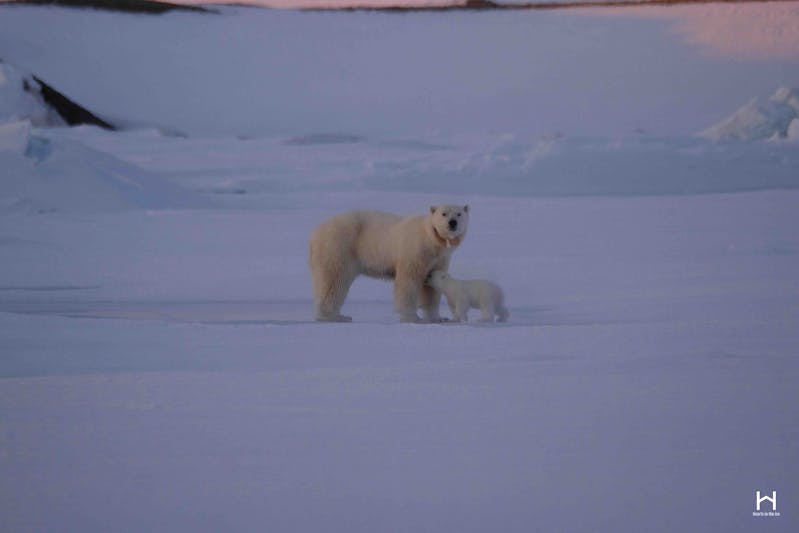We share here our voices as Polar Ambassadors and citizen scientists. We created Hearts in the Ice in 2018 as a platform for inspiring social engagement and action, connecting students, scientists, manufacturers, environmental organizations, and all who care about the health of our planet, in the conversation around climate change.
If our collective purpose here in our world is to preserve, protect and save our ocean, the biodiversity of our species, our ice and natural spaces, and each other - it begs the question “What role do we have in all of this? How can we be part of the solution?” We asked that question years ago.
Having each spent close to 25 years working in the polar regions, we have been immersed in the impact of polar education to create Ambassadors, and the utter magic these icy and wildlife rich places exude. The Arctic and Antarctic are two of the greatest treasures of our planet. The science, the stories, the history, the truths and the local knowledge that exists to be told.
An answer offered in response to how to be relevant takes us to the fall of 2019 when we left the usual comfort of our lives. We cut all ties to conveniences like shopping, restaurants, electricity, a car, fitness centres, Netflix, the internet, running water and a hot bath - just to live a most simple, purposeful existence. All of this in a remote uninsulated trappers cabin built in 1930 for Beluga hunting called “Bamsebu” (Little bear hut), with no running water, no electricity and 140km from the closest town of Longyearbyen.
As a scientist from NASA shared - we were closer to the lowest band of Aurora than we were to town.
We were alone in quiet, peaceful, self-imposed isolation before the world started spinning off its axis with the pandemic.
It was just the two of us and our beloved dog, a two-year-old Malamute Ettra, for a total of 19 months.

Our base was situated in Bellsund in the VanKeulenfjorden, Svalbard, 78° north. As seasoned adventurers we planned meticulously, worked double time for over a year before we left and when we did leave, we left family, friends, and our full time jobs - all to bear witness to a rapidly changing Arctic with a plan that had 5 main goals.
1. To live with a zero carbon footprint using solar and wind for power.
2. To utilize our connections to scientists around the world and collect observations and data for them as ‘citizen scientists’.
3. To use the power of storytelling to create mobilizing narratives using our writing, images, videos and observations to collect and inform the world about phytoplankton, changes in the ice and weather, the aurora, wildlife sightings/adaptations, regular infrared drone imagery, collecting marine debris and plastic, drilling for ice core samples, collecting salt water samples and kelp, making cloud observations, aurora time-lapse and photographing a spectacular NASA rocket launch.
4. To connect students around the world to experts studying various angles of climate change using an interactive educational video platform while we were on satellite.
5. To have the adventure of a lifetime while working hard to protect what we love.

Our project was initially 9 months; September 2019 - May 2020. This changed when Covid-19 became a household name. With our May 2020 ship pickup cancelled we returned to Longyearbyen after an eight-hour snowmobile ride - Ettra, both running beside the snowmobiles and sitting in her crate atop one of our sleds. After resupplying food and equipment we decided to return back to Bamsebu for another 10 months. We returned back to our former lives forever changed in May 2021.
More than ever the importance of connecting with youth and continuing with data collection seemed necessary with little to no field work being conducted from the scientists due to restricted travel.
At the end of our 19 months we fulfilled all five goals and managed to connect with over 100,000 youth from around the world and amassed a community of people who joined our movement to elevate awareness around climate change. We were fortunate to have notable experts like Kim Holmen, Jon Aars, Wade Davis, David Suzuki and Dr. Jane Goodall.





